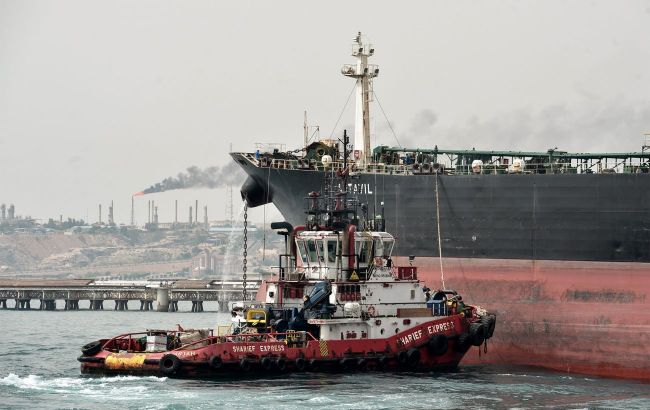India turns away from Russian oil: China may step in
 Photo: China is already being offered Russian oil (Getty Images)
Photo: China is already being offered Russian oil (Getty Images)
Washington's plans to choke off Russian oil flows to India raise a key question: What happens to the millions of barrels left behind? It remains unclear whether China will be willing to take them, Bloomberg reports.
In July, Russia was supplying about 1.7 million barrels per day to India. However, India's state-run refineries are now cutting back on spot purchases as they wait for an official position from New Delhi. What private refiners will do remains uncertain.
China is top candidate, but it's complicated
China is likely to become the primary destination for the excess oil. Beijing doesn't recognize Western sanctions and is already buying oil from Russia and Iran. However, it is wary of becoming too dependent on a single supplier. Moreover, China's economy isn't showing strong growth at the moment, and oil refining is constrained by domestic factors.
US President Donald Trump has already threatened to ramp up pressure on China's imports of Russian oil.
"If anybody can do it, it's the Chinese," said Neil Crosby, an analyst at Sparta Commodities SA. "But if Trump starts to say he's going to target China over Russian oil purchases, what is it worth to the Chinese to have a bit more Russian oil? I'm not sure."
Market impact: Price hikes and instability
If a significant volume of oil remains unsold, global prices could rise. According to Capital Economics, a shortfall might drive prices up by $10–20 per barrel. Traders report that China is already being offered shipments of Urals crude for October delivery.
Chinese refiners traditionally prefer the ESPO variety from Russia's Far East or cheap Iranian oil. According to FGE and Kpler, China has the capacity to process between 400,000 and 700,000 barrels of Urals per day. But even with discounts, a large amount of excess oil may remain on the market.
Quality vs. price: Competition between crude grades
ESPO and Urals are currently trading about $2 above the global Brent benchmark, though ESPO's delivery cost is lower. Iranian crude, on the other hand, trades $4 below Brent.
But Urals is of lower quality, containing more metals. "That's not something the teapots like," says Muyu Xu, a senior crude analyst at Kpler.
Other options: Türkiye and Russia itself
Another potential buyer could be Türkiye, which currently buys about 6% of Russia's oil exports. But local refineries may struggle with a large volume of Urals.
"Türkiye will likely want to avoid being drawn into the US tariff firing line," said Nicholas Farr, an economist at Capital Economics.
Limited storage capacity may force Russia to refine or stockpile some of the oil itself. According to Rystad Energy, Russia could temporarily store up to 100 million barrels on land. It could also increase refining capacity by 500,000 barrels per day by year's end.
Still, such changes take time. Excess oil might be sent into storage, as happened at the beginning of Russia's full-scale invasion of Ukraine in 2022. "What's always true in the oil market is if the price is right, the oil will flow," Crosby concludes.
As previously reported, oil prices declined sharply in early August, marking the worst performance since 2021. Brent crude dropped to $66 per barrel.
China remains a key ally of Russia in its war against Ukraine, financing Moscow's war machine through large-scale raw material purchases.

